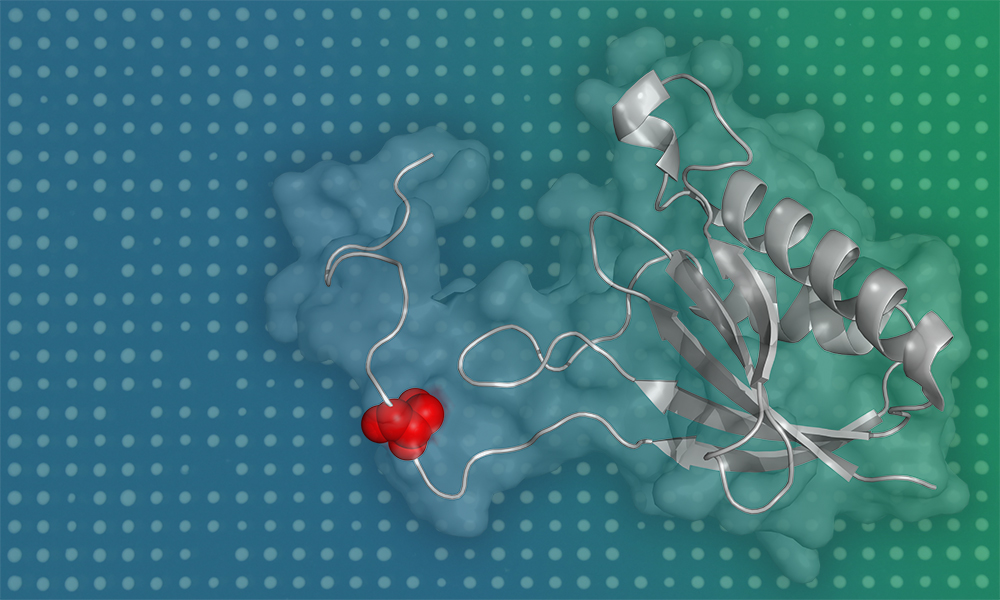High-throughput functional characterization of protein phosphorylation sites in yeast
Nature Biotechnology 18 October 2021
10.1038/s41587-021-01051-x
Researchers develop a new high-throughput approach to assess the functional significance of protein phosphosites

Researchers have developed a new high-throughput approach to assess the functional significance of protein phosphosites at scale using yeast as a model system. This work is the result of a collaboration between researchers at the European Molecular Biology Laboratory (EMBL) in Heidelberg, EMBL’s European Bioinformatics Institute (EMBL-EBI), and the University of Zurich.
The cells that make up any living organism are constantly adapting to changes in their environment. One of the ways they can quickly adapt to these changes is through the addition of reversible modifications on their proteins. These are known as post-translational modifications and take different chemical forms including protein phosphorylation at specific sites – or amino acids – within the protein. These ‘phosphosites’ can activate, deactivate or modify the protein’s function.
Recent estimates suggest that around 75% of the human proteome is phosphorylated but only 5% of these phosphosites are known to have a function. This study, published in Nature Biotechnology, investigates the functional role of protein phosphorylation at scale using yeast as a model system to investigate the function of phosphosites, including those conserved in the human proteome.
The researchers generated 474 yeast strains with mutations in specific phosphosites and grew these in 102 different stress conditions – including various chemical treatments. Their aim was to see how the loss of specific phosphosites would affect the yeast’s ability to grow when faced with changes in their environment.
“Having more than 5000 yeast mutant colonies (phospho-mutants and gene deletions) and over 100 stress conditions meant that we were working with a lot of plates in parallel,” said Cristina Viéitez, Postdoctoral Fellow at EMBL. “We used a pinning robot to screen hundreds of plates per day and make this a high-throughput approach.”
This study found 43% of the phospho-mutant yeast strains displayed a change in their ability to grow in at least one of the conditions tested. This suggests that these phosphosites play some role in the yeast’s survival. The growth profiles of the yeast could then be compared to a library of yeast strains with known gene deletions to further infer the function of the phosphosites.
“This study has helped us to better understand the biological relevance of hundreds of different phosphosites. One key advantage over previous methods is that we can annotate the function of individual protein positions by comparing the mutation of this position with the deletion of any of the yeast genes,” said Pedro Beltrao, Group Leader at EMBL-EBI. “But it doesn’t stop there, this approach can also be used to study other specific positions within the protein including disease mutations, and helps us to better understand the equivalent positions in the human proteins.”
This post was originally published on EMBL-EBI News
Nature Biotechnology 18 October 2021
10.1038/s41587-021-01051-x